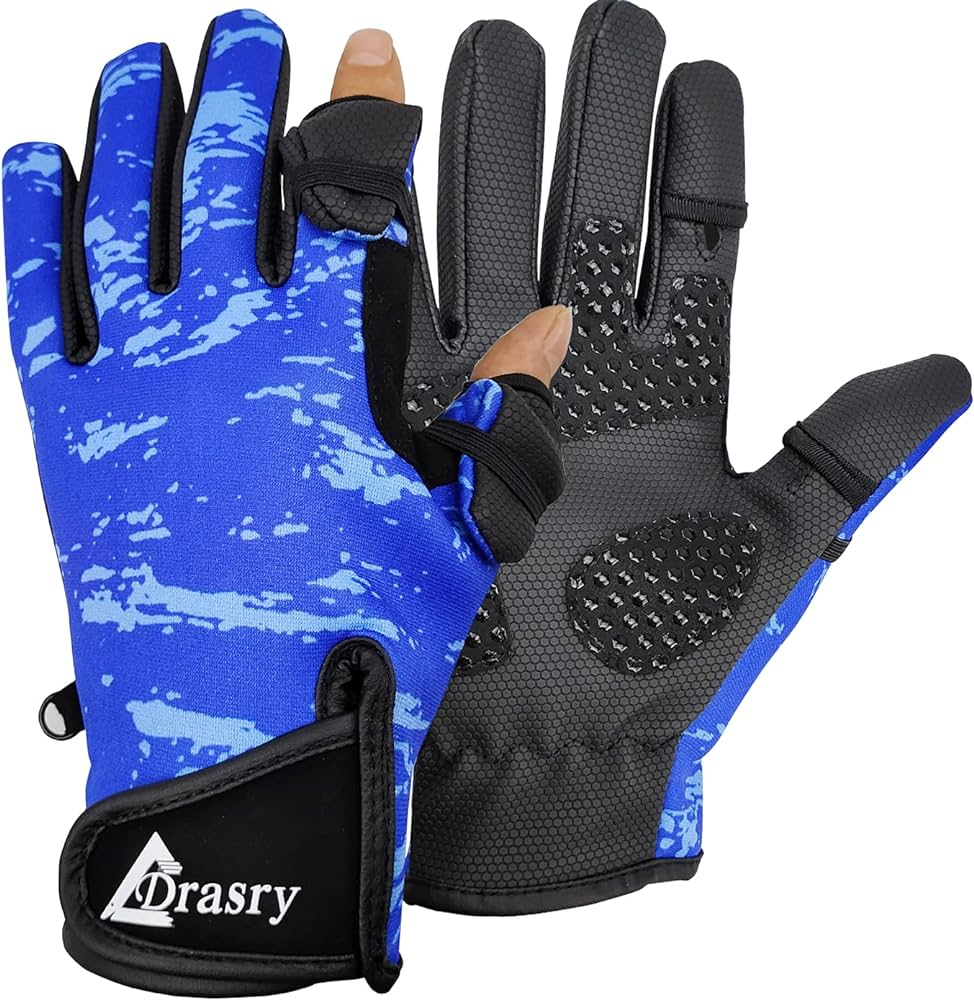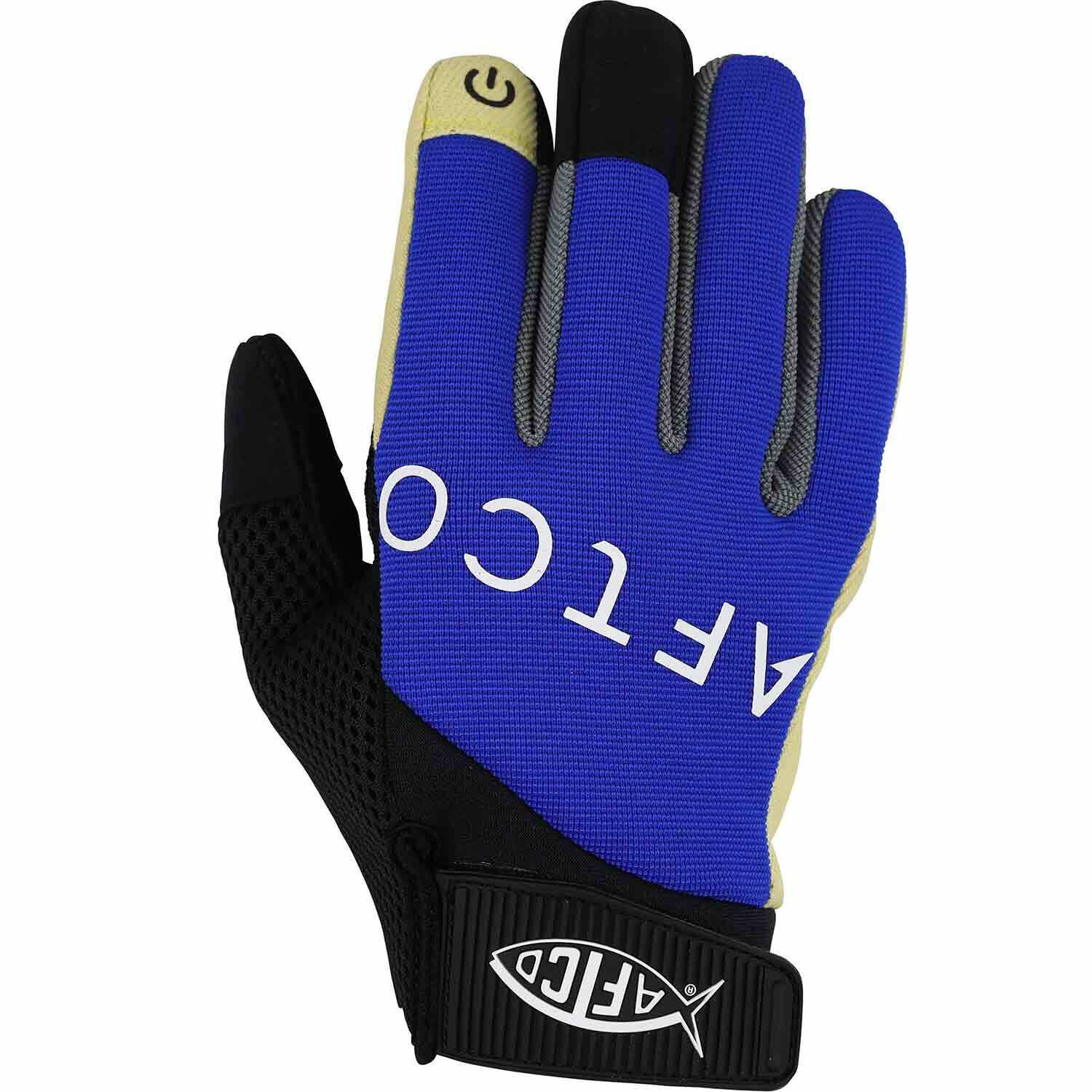Fishing is a fantastic activity that combines both relaxation and excitement. One of the most crucial, yet often overlooked, pieces of fishing gear is the fishing glove. This article will dive deep into the world of fishing gloves, exploring their benefits, types, features, and choosing the best pair for your needs.
The Benefits of Fishing Gloves
Imagine heading out for a long day of fishing. The water’s surface is like glass, and the fish are biting. However, without the proper gear, this promising day can be ruined swiftly. This is where fishing gloves come into play.
First and foremost, fishing gloves protect your hands. When you handle fish, hooks, and other equipment, your hands face potential harm. Cuts, nicks, and abrasions are common among anglers. Fishing gloves act as a barrier, shielding your hands from these hazards.
Additionally, a good pair of fishing gloves provides improved grip. Wet hands are slippery hands, and losing a grip on your rod or a fish can be frustrating. Gloves with enhanced grip surfaces allow you to maintain control, ensuring that those big catches don’t slip away.
Another important benefit of fishing gloves is the insulation they offer. Fishing in colder climates or during the early morning can be uncomfortable without proper protection. Insulated fishing gloves keep your hands warm, allowing you to focus on fishing rather than on how cold your hands are.
Fishing gloves also provide UV protection. Anglers spend long hours under the sun, exposing their hands to harmful UV rays. Prolonged exposure can lead to sunburns and increase the risk of skin cancer. Gloves with UV protection help safeguard your skin from these harmful effects.
Finally, fishing gloves can enhance comfort over long fishing sessions. They reduce hand fatigue by providing cushioning and support. This comfort can make a big difference during marathon fishing trips, keeping your hands in good shape throughout.
Types of Fishing Gloves
Fishing gloves come in various types, each designed to suit specific needs and conditions. Knowing the type that best fits your fishing style is paramount.
Full-Fingered Fishing Gloves
Full-fingered gloves provide complete coverage for your hands. They are ideal for colder weather, offering protection against the elements. These gloves are often insulated to keep your hands warm. If you fish in chilly environments, full-fingered gloves are indispensable. They also provide significant protection against fish scales and sharp fins, making them an excellent choice for handling large, aggressive fish.
Fingerless Fishing Gloves
Fingerless gloves offer protection while leaving your fingertips exposed. This design provides better tactile sensitivity, making it easier to handle small baits and tie knots. These gloves are particularly useful in warmer climates where insulation isn’t a concern. They offer good UV protection while allowing your fingers to breathe.
Convertible Fishing Gloves
Convertible gloves combine the best of both worlds. They have mitten-like covers that can be flipped back to expose your fingers. This design offers the warmth and protection of full-fingered gloves with the dexterity of fingerless gloves. Convertible gloves are highly versatile, making them suitable for various conditions.
Padded Fishing Gloves
Padded gloves are designed for heavy-duty tasks. They have extra cushioning on the palms and fingers, providing added protection when handling large fish or heavy equipment. These gloves are typically used in commercial fishing or for big game fishing. The padding reduces the risk of blisters and injuries, ensuring that your hands remain in good condition.
Key Features to Look For
When choosing fishing gloves, several key features can make a significant difference in their effectiveness and comfort.
Material
The material of the gloves determines their durability, comfort, and functionality. Common materials include neoprene, leather, and synthetic fabrics. Neoprene is known for its insulation properties, making it ideal for cold weather. Leather offers excellent durability and a good grip. Synthetic fabrics are often lightweight and breathable, perfect for warm weather fishing.
Fit
A proper fit is crucial for comfort and functionality. Gloves that are too tight can restrict movement and circulation, while gloves that are too loose can reduce dexterity and grip. Look for gloves that offer adjustable straps or elastic cuffs to ensure a snug fit. Trying the gloves on before purchasing can help you find the perfect fit.
Grip
Enhanced grip surfaces are essential for maintaining control, especially in wet conditions. Many fishing gloves have textured palms and fingers made from materials like silicone or rubber. These textures provide a secure grip on rods, reels, and fish, preventing slips and accidents. A good grip can make a big difference in your fishing success.
Insulation
For those who fish in colder climates, insulation is a critical feature. Insulated gloves keep your hands warm, enabling you to fish comfortably even in freezing temperatures. Look for gloves with materials like Thinsulate or fleece lining for optimal warmth. The level of insulation needed depends on the specific conditions you’ll be fishing in.
UV Protection
As mentioned earlier, UV protection is crucial for long hours under the sun. Many modern fishing gloves come with UV-resistant materials that block harmful rays. This feature helps prevent sunburns and long-term skin damage. UV protection is especially important for anglers who fish in sunny conditions regularly.
Waterproofing
Waterproof gloves are essential for keeping your hands dry, especially when handling fish or fishing in rainy conditions. Look for gloves with waterproof membranes or coatings that repel water while maintaining breathability. Waterproof gloves ensure that your hands remain dry and comfortable, no matter the weather.
How to Choose the Right Fishing Gloves
Choosing the right fishing gloves involves considering several factors, including the type of fishing you do, the climate, and personal preferences. Here’s a step-by-step guide to help you make the best choice.
Assess Your Fishing Environment
First, consider the environment in which you’ll be fishing. If you’re fishing in cold weather, insulated full-fingered gloves are a must. For warmer climates, fingerless gloves with UV protection are ideal. If you fish in varying conditions, convertible gloves offer versatility.
Determine Your Needs
Next, think about your specific needs. Do you require extra protection for handling large fish? Padded gloves may be the best option. Do you need better dexterity for tying knots? Fingerless gloves might be more suitable. Understanding your unique requirements will help narrow down your options.
Try Before You Buy
Whenever possible, try the gloves on before purchasing. This allows you to assess the fit, comfort, and functionality. Pay attention to how the gloves feel when you move your fingers and grip objects. A good fit is essential for optimal performance, so don’t settle for gloves that don’t feel right.
Read Reviews
Online reviews can provide valuable insights into the quality and performance of different gloves. Look for reviews from other anglers who have used the gloves in similar conditions. Their experiences can help you make an informed decision and avoid potential pitfalls.
Consider Your Budget
Fishing gloves come in a wide range of prices, from budget-friendly options to high-end models. While it’s essential to invest in quality gloves, you don’t have to break the bank. Determine your budget and look for gloves that offer the best value within your price range.
Caring for Your Fishing Gloves
Proper care and maintenance can significantly extend the lifespan of your fishing gloves, ensuring they remain effective and comfortable for many fishing trips to come.
Cleaning
Clean your gloves regularly to remove dirt, salt, and fish residues. For most gloves, hand washing with mild soap and water is sufficient. Avoid using harsh chemicals or machine washing, as these can damage the materials. After washing, air dry the gloves completely before storing them.
Storage
Store your gloves in a cool, dry place away from direct sunlight. Excessive heat and UV exposure can degrade the materials over time. Avoid storing gloves in damp or humid environments, as this can lead to mold and mildew growth.
Inspection
Regularly inspect your gloves for signs of wear and tear, such as holes, frayed seams, or loss of grip. Address any issues promptly to prevent further damage. Minor repairs, like sewing small holes, can extend the gloves’ usability.
Replacement
Even with proper care, fishing gloves will eventually wear out. Pay attention to how the gloves feel and perform over time. If they lose their grip, insulation, or protective qualities, it may be time to replace them. Investing in a new pair of gloves ensures optimal performance and safety.
Conclusion: The Ultimate Fishing Companion
Fishing gloves are an indispensable part of any angler’s gear. From providing protection and improving grip to offering insulation and UV protection, the right pair of gloves can significantly enhance your fishing experience. By understanding the different types of gloves, considering key features, and choosing based on your specific needs, you can find the perfect pair to accompany you on your fishing adventures.
Remember, proper care and maintenance will keep your gloves in top condition, ensuring they serve you well for many fishing trips to come. So, next time you gear up for a day on the water, don’t forget your trusty fishing gloves – the ultimate companion for any angler.





